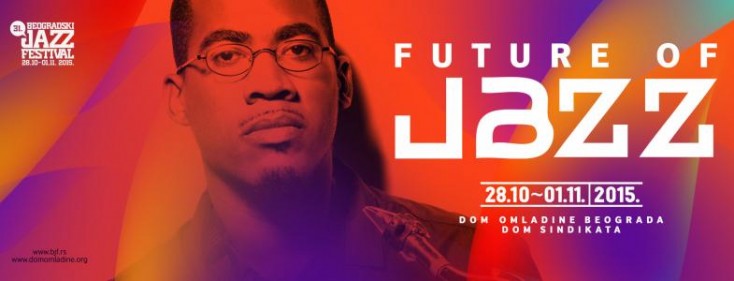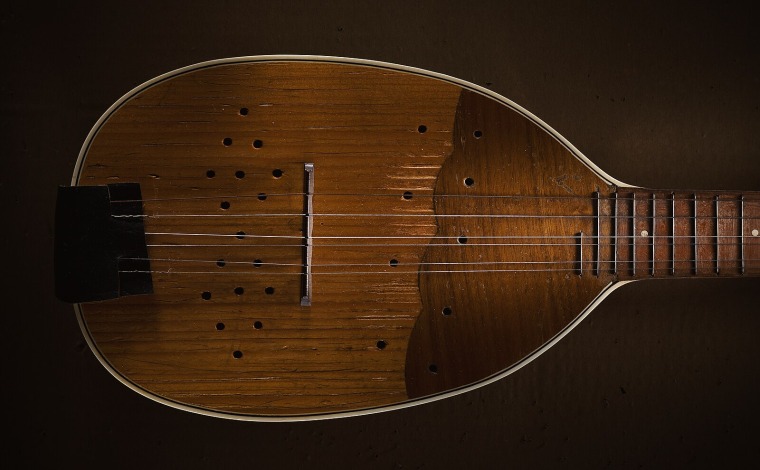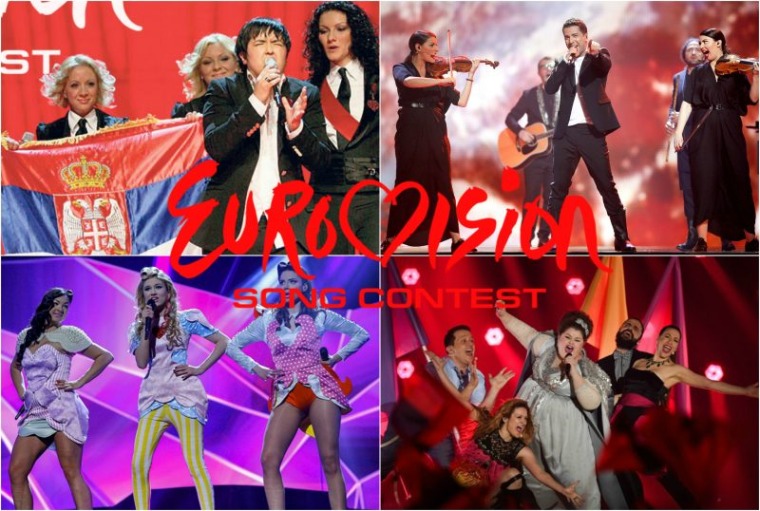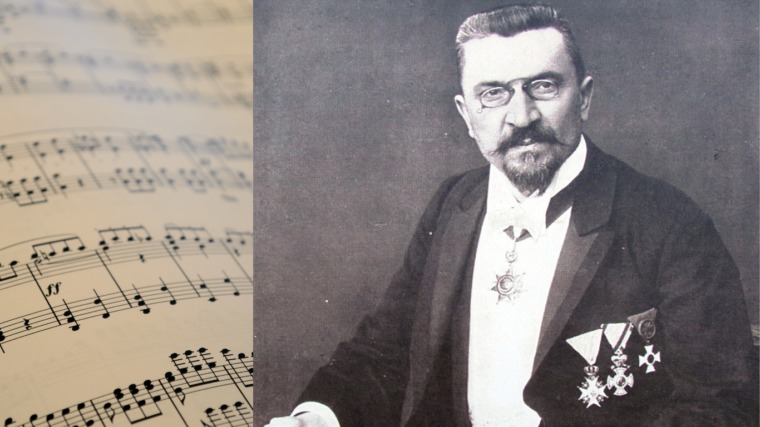

The mixture of ethno, dance and pop-rock sounds, better known as turbo-folk, is the key ingredient of great night-out and celebrations in Serbia
Turbo folk music was created during the 80-ties of the 20th century in Serbia and it became the symbol of music in this region. It is the key ingredient of all parties on “splavs” (floating river clubs), and number of weddings and celebrations, will end with the popular “narodnjaci” (folk music).
It reached the top of its popularity during the last decade of the 20th century when it got its final form – a provocative sound that awakens all senses and urges. Today, some of the biggest stars of turbo folk, Svetlana Ceca Ražnatović, Lepa Brena or Mira Škorić, are internationally recognized and numerous tourists want to hear their songs.
Turbo folk music was created by joining electronic and disco music with folk music. Later on the Serbian folk music was also influenced by Arab, Turkish and Greek folk music. Turbo-folk music originates from the time of breakup of Yugoslavia and it had its peak at the time of hyperinflation.
With the turmoil in the cultural scene caused by severe situation in the country, some musicians and composers, who previously created, for example, rock music, started accepting the new situation and they gave their contribution to forming of one new direction in music. Back in those days turbo folk music could be heard in all bars and discos, but “splavs” were the temples of this new sound.
The first star of turbo-folk music was Lepa Brena who set path for this music back in the 80-ties.
She built her carrier on short skirts and songs (unusual at the time) with light and fast rhythm and repeating verses. Ten years later, the greatest turbo-folk star was Svetlana Ražnatović, better known as Ceca. Today she still has the title of the greatest turbo-folk star. This attractive singer has hundreds of thousands of fans across the country and the region and for years she has been working hard on building her carrier.
Despite numerous critics, turbo-folk has been recognized as a music direction within the ever more popular “world music” sound in relevant works published in the West. Turbo-folk is not only the phenomenon in the former Yugoslav countries, it also developed in other countries in the Balkans. In the 90-ties a kind of turbo-folk music, called “laika”, was created in Greece, while at the same time Bulgaria had “čalga” (from the Turkish word çalgı – playing or music).
Years couldn’t harm turbo-folk music. Today it is not the only genre in Serbia, but it is a phenomenon that most tourists recognize and find it symbolic for the music scene in this region. This type of music can provoke your senses, lure you to dance or you can find it annoying. Nevertheless, until you hear it, you can’t say you have discovered Serbia, as it is the important element of everyday life and fun in Serbia. It’s up to you to decide!
Related Articles

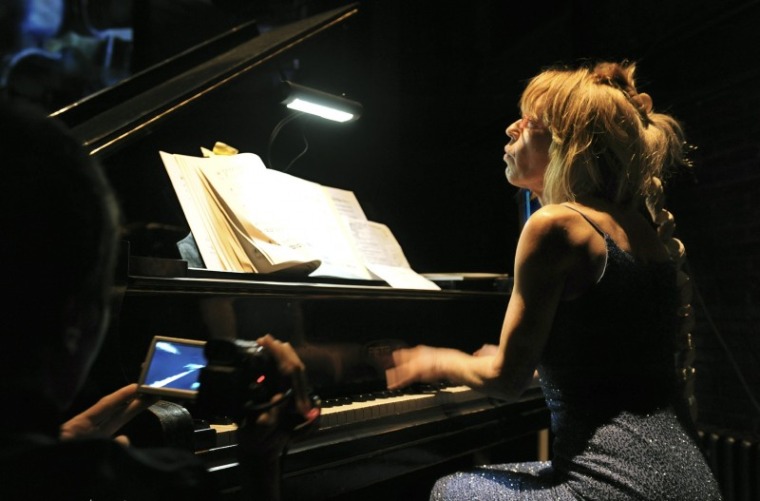
Nada Kolundzija opens Serbian Month 2016 in London
January 12, 2016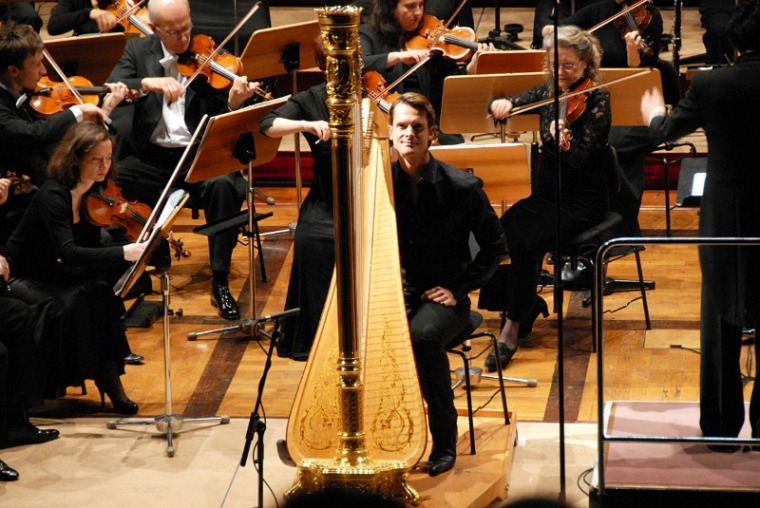
One of the world’s best harpists to perform with Belgrade Philharmonic
November 26, 2015